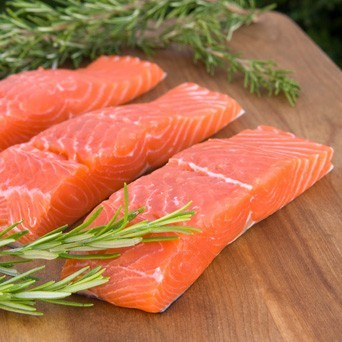Before the advent of antibiotic, it was not unusual for an experienced medical professional to even slather honey on a wound to prevent infection and hasten healing. Honey has been used as a folk medicine for many different purposes: as a laxative, as a natural cure for diarrhoea and upset stomach, for coughs and sore throats. Then in the mid 1940's, antibiotics became available for the treatment of infections and honey was displaced from use in medicine. Today, this millennia old household natural remedyis being reinstated. Clinical observations have documented honey's effectiveness in treating cuts, burns, insect bites, yeast infections, various skin conditions such as eczema and psoriasis, and fungal infections from athlete's foot to ringworm. Many published reports described the healingproperties of honey in rapidly clearing infection from wounds, with no adverse effects to slow the healing process and suggested that honey has an antimicrobial action against a certain spectrum of bacteria and fungi and may actively promote healing.
Honey, that delectable condiment for breads and fruits, could be one sweet solution to the serious, ever-growing problem of bacterial resistance to antibiotics, according to researchers who presented their findings at a meeting of the American Chemical Society.
Medical professionals sometimes use honey successfully as a topical dressing, but it could play a larger role in fighting infections, the researchers predicted. Their study was part of the 247th National Meeting of the American Chemical Society (ACS), the world's largest scientific society.
The meeting, attended by thousands of scientists, features more than 10,000 reports on new advances in science and other topics. It is being held at the Dallas Convention Center and area hotels through Thursday.
“The unique property of honey lies in its ability to fight infection on multiple levels, making it more difficult for bacteria to develop resistance,” said study leader Susan M. Meschwitz, Ph.D. That is, it uses a combination of …
Honey's viscosity provides a protective barrier and forms a moist environment for the wound. It creates a healing layer between wound and dressing with no sticking and no tissue damage, reducing the chance of scarring as the skin cells grow without forming any scab. Honey supplies nutrients necessary for healthy tissue regeneration and stimulates the growth of new blood capillaries. The antibacterial properties also provide a barrier to cross-infection of wounds. Honey's high sugar content has an osmosis effect on wounds. It draws lymph out to the cells while absorbing moisture and provides an anti-inflammatory action which reduces swelling and pain.
Make sure to read the rest of the article Source.





Leave a Reply